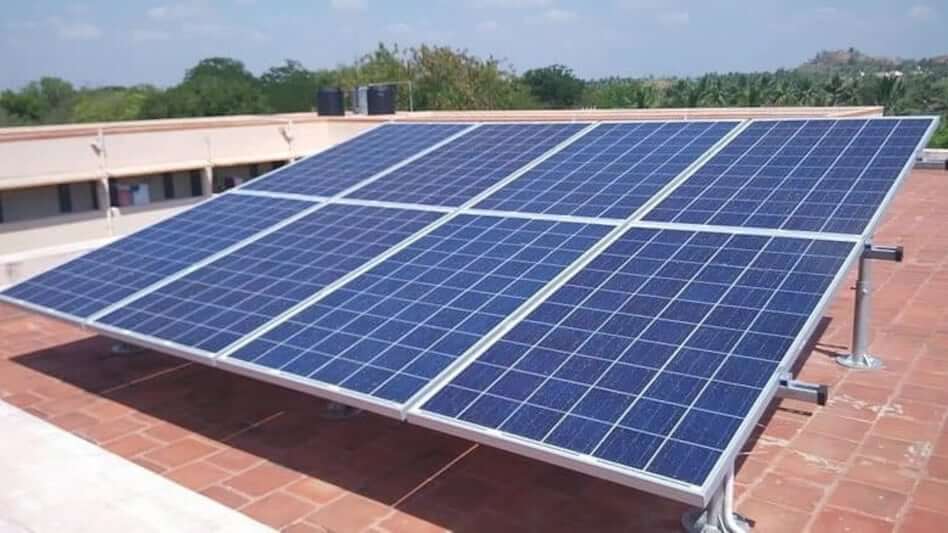New Delhi.The Union Government has rolled out the new Solar Rooftop Subsidy Scheme 2025, better known as the PM Surya Ghar Muft Bijli Yojana, a move designed to help families cut electricity bills and shift toward clean energy.
Officials said the plan focuses on low-income and middle-class households across cities and villages that use domestic connections under the state distribution networks.
Under the scheme, any house installing rooftop solar panels can receive up to 300 units of free electricity per month. The subsidy amount varies with capacity — roughly ₹30,000 for 1 kW, ₹60,000 for 2 kW systems, and as high as ₹78,000 for 3 kW and above. For larger setups, the benefit is adjusted proportionately to the approved limit under the MNRE guidelines.
Who can apply
Interested households must register on the national solar portal, enter basic details, and choose a vendor listed by their power utility. After inspection and installation, the local DISCOM verifies the system and processes a direct subsidy transfer to the applicant’s bank account. Officials estimate the entire cycle — from application to payment — takes about 30 days.
The portal will also track generation data and beneficiary status in real time, allowing families to see monthly savings on the dashboard. State nodal agencies have been asked to create help desks at district level to assist new users.
Why it matters
The scheme marks a push to cut dependence on coal-based power and expand decentralized generation through household rooftops. Officials believe it could add over 20 GW capacity if implemented at scale. For families, it translates into annual savings of ₹10,000 to ₹15,000 on bills and additional income through surplus power fed back to the grid.
According to the Ministry of New and Renewable Energy (MNRE), more than one crore homes are targeted in the first phase. Priority will go to rural households and small towns where grid load is high and per-capita consumption is rising.
Implementation update
Each state DISCOM will release its vendor list and technical standards for inverters and meters. Awareness campaigns are being planned in schools, panchayats and urban wards to explain installation benefits. MNRE officials confirmed that the portal now integrates with bank databases for fast transfer of approved subsidies — a major step to avoid delays seen in earlier phases.
A senior official noted that the initiative “connects climate responsibility with household benefit,” pointing out that the subsidy structure has been kept simple so families can adopt solar without bureaucratic hurdles.
Challenges ahead
Experts say the success of this drive depends on local vendors and awareness. Several homes lack strong rooftop structures or space for panels. Officials hint that the second phase may cover community buildings and apartment clusters where shared systems can be installed.
Despite those challenges, the programme is being seen as India’s most ambitious household-solar mission yet — combining direct subsidy, free power units and an online system for complete transparency.
